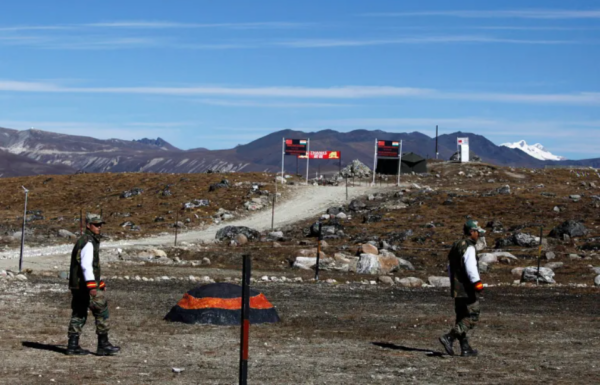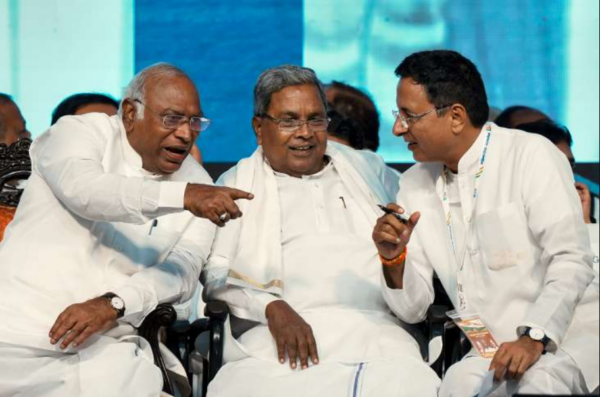India has denied Chinese efforts to rename locations in Arunachal Pradesh, which New Delhi considers to be its eastern state but which Beijing claims as part of its territory.
In 1962, China and India fought a war along portions of their poorly demarcated 3,800km (2,360-mile) border, and confrontations in mountainous regions have severely strained relations between the nuclear-armed neighbors in recent years.
China’s Ministry of Civil Affairs issued a statement on Sunday stating that it had “standardized” the names of 11 locations, including five mountains, in what China refers to as its southern Tibet region. This sparked the latest round of heated exchanges.

The statement included a map depicting the 11 places renamed by China as being within “Zangnan”, or southern Tibet in Chinese, with Arunachal Pradesh included in southern Tibet and China’s border with India delineated just north of the Brahmaputra river.
The Indian foreign ministry opposed the proposal.
“Such reports have been made known to us. This is not the first time China has attempted this,” Indian foreign ministry spokesman Arindam Bagchi wrote on Twitter. “Arunachal Pradesh is, has been, and will always be an integral and inalienable part of India.”
However, a spokesperson for the Chinese foreign ministry stated that the name alterations were “entirely consistent with China’s sovereignty.”
“The southern Tibet region is Chinese territory,” the spokesperson, Mao Ning, stated on Tuesday during a routine media briefing in Beijing.
In 2020, at least 24 soldiers, including 20 Indians, were killed when the two parties clashed in the Ladakh region, on their western border, but the situation was resolved following diplomatic and military discussions.

China renames 11 border towns to claim Arunachal Pradesh.
In response to the 2020 conflict, India prohibited hundreds of Chinese-made mobile applications, including the popular social media platform TikTok.
The tax authorities have conducted raids on Chinese businesses in India, including smartphone manufacturers Xiaomi and Huawei.
However, bilateral trade remains robust at around $100 billion per year, with India importing far more from China than it exports.
In December of 2012, troops from both parties engaged in combat in the Arunachal Pradesh region of Tawang.
Last month, Indian Foreign Minister Subrahmanyam Jaishankar stated that the situation in Ladakh was fragile and hazardous due to the close proximity of military forces in certain areas.




